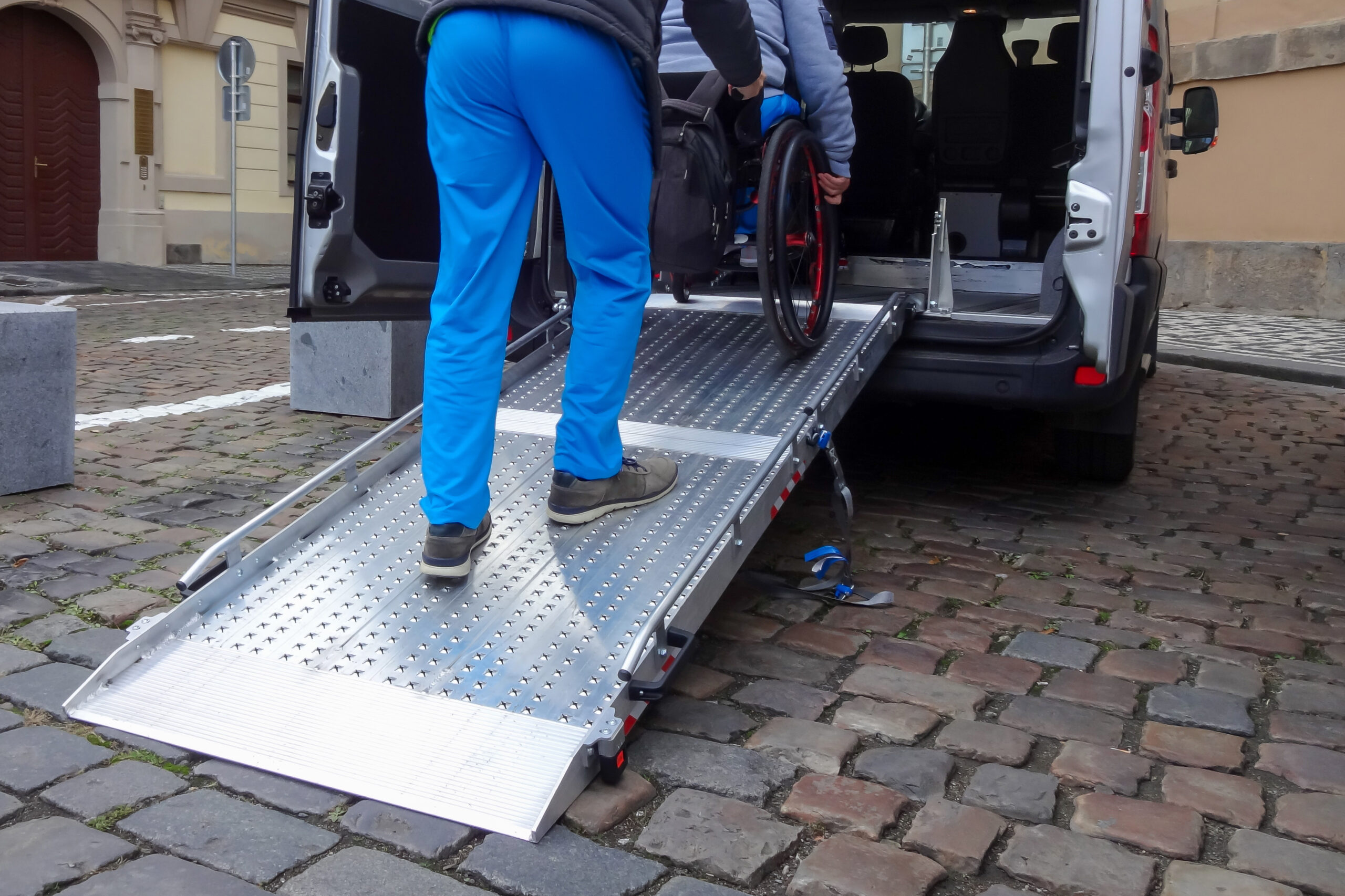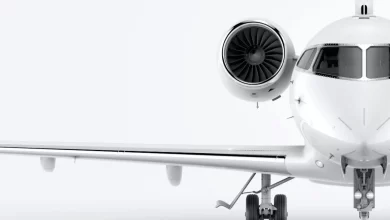
Ensuring Safe Travels: A Guide to Wheelchair Securement in Vehicles
For individuals who rely on wheelchairs for mobility, safe transportation is paramount. This is where wheelchair restraints play a crucial role. These securement systems ensure the stability of the wheelchair within a vehicle, protecting the occupant during travel. This article explores the different types of wheelchair restraints, their functionalities, and factors to consider when choosing the right system.
Beyond Seatbelts: The Importance of Wheelchair Restraints
While vehicle seatbelts are essential, they are not sufficient for wheelchair users. Wheelchair restraints anchor the wheelchair to the vehicle floor, preventing movement and minimizing the risk of occupant injuries during sudden stops, collisions, or swerving maneuvers.
Understanding the Different Types of Wheelchair Restraints
There are several types of wheelchair restraints, each suited for various vehicle types and occupant needs. Here’s a breakdown of the most common options:
- Four-Point Tie-Down Systems: These systems utilize four straps – two at the front and two at the rear of the wheelchair – that connect to anchoring points in the vehicle floor. This is the most common and versatile option, suitable for most wheelchair types and vehicles.
- Docking Systems: These involve a fixed base plate mounted in the vehicle floor. The wheelchair rolls onto the base plate and locks into place using a secure mechanism. Docking systems offer a convenient and stable solution but require specific vehicle modifications.
- Retractable Tie-Downs: Similar to four-point tie-down systems, these use retractable straps that can be easily extended and secured to anchoring points. This option offers added convenience and ease of use.
- Shoulder Belts: While not technically a restraint system, shoulder belts are crucial for additional occupant security. They work in conjunction with wheelchair tie-downs to prevent upper body movement during travel.
Choosing the Right Wheelchair Restraint: Factors to Consider
Selecting the appropriate wheelchair restraint system depends on several factors:
- Vehicle Type: The size and configuration of your vehicle will influence the type of restraint system that can be installed.
- Wheelchair Type: Manual wheelchairs require different restraints compared to motorized wheelchairs.
- Occupant Needs: Consider the occupant’s physical abilities and any additional safety requirements.
- Ease of Use: Choose a system that is easy to operate for both the occupant and caregiver (if applicable).
- Federal Regulations: Ensure the chosen restraint system complies with relevant safety regulations for wheelchair transportation.
Consulting Professionals for Safe and Secure Transportation
For optimal safety and proper installation, consulting with a qualified mobility specialist or occupational therapist is highly recommended. They can assess your specific needs, recommend the most suitable wheelchair restraint system, and ensure its proper installation within your vehicle.
Conclusion: Peace of Mind on Every Journey
Wheelchair restraints are an essential element of safe transportation for wheelchair users. By understanding the different types of restraints, consulting with professionals, and prioritizing safety measures, you can ensure a secure and worry-free travel experience. Remember, a properly installed wheelchair restraint system brings peace of mind not only for the wheelchair user but also for caregivers and loved ones. So, prioritize safety and invest in a janitorial service to keep your vehicle clean for a more enjoyable ride.




